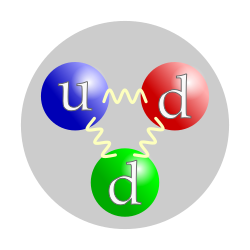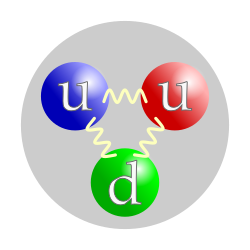Binary Fission of Amoeba
July 23, 2009Binary Fission
Binary fission involves mitosis only and hence the resultant individuals are genetically identical to each other and to the parent.
It is the simplest and most common method of asexual reproduction. The whole parental body acts as the reproductive unit. The nucleus of the unicellular parent organism divides into two. This is followed by the division of the cytoplasm and 2 daughter cells of almost equal size are formed. The daughter cells grow in size and then divide again.
Examples: Seen in euglena, amoeba, paramoecium.Based on the plane of cytoplasmic division binary fission is of 3 types, namely:
a) Simple binary fissionb) Transverse binary fission
c) Longitudinal binary fissiona) Simple binary fission
When the cytoplasmic division passes through any plane, the fission is called simple binary fission.
Example: Amoeba
b) Transverse binary fission
When the plane of cytoplasmic division coincides with the transverse axis of the individual, the fission is called transverse binary fission.
Example: Paramoecium, Planaria
c) Longitudinal binary fission
When the plane of cytoplasmic division coincides with the longitudinal axis of the individual, the fission is called longitudinal binary fission.
Example: Euglena
 Binary Fission in Paramoecium
Binary Fission in Paramoecium
 Binary Fission in Amoeba
Binary Fission in Amoeba
Multiple Fission
In some organismsthe nucleus of the parent divides into many daughter nuclei by repeated divisions (amitosis). This is followed by the division of the cytoplasm into several parts with each part enclosing one nucleus. So a number of daughter cells are formed from a single parent at the same time. This kind of fission is known as multiple fission.
Example: Seen in Plasmodium (malarial parasite) where it is known as schizogony or sporulation, amoeba.
 A - C Cyst Formation and Multiple Fission in AmoebaD - F Multiple Fission in Malarial Parasite
A - C Cyst Formation and Multiple Fission in AmoebaD - F Multiple Fission in Malarial Parasite
During unfavourable conditions, amoeba withdraws its pseudopodia, becomes almost round and secretes a three-layered hard covering called cyst around itself. This phenomenon is called encystation and lasts till the favourable conditions set in. On the onset of favourable conditions, the encysted amoeba divides by multiple fission to produce a large number of minute pseudopodiospores. At this point, the cyst bursts open and the spores are liberated into the surrounding medium. Each pseudopodiospore develops into an amoeba. This entire process is termed as sporulation.
Budding
Here one or more outgrowths of reproductive units called buds are formed on the parental body. Each bud consists of a small group of cells surrounded by the epithelium.
A bud develops as a small outgrowth on the parents body. Each bud enlarges, develops the characteristics of the parent organism. A bud may become separated from the parent body and then develop into a new individual, or it may separate only after the completion of development. In some cases the buds never separate and as a result, colonies of interconnected individuals are formed.
Examples: Hydra, sponges, some tunicates.Internal buds
In case of sponges, the parent releases a specialised mass of cells enclosed in a common opaque envelope, called as the gemmule. Gemmules are thought to be internal buds, which on germination give rise to an offspring.
 Budding in Hydra and Sponge
Budding in Hydra and Sponge
Fragmentation
In some organisms the body of the organism breaks into several parts. Each part then develops into a complete organism.
Examples: Some flat worms, some echinoderms and sea anemones.
Posted by boysemperor group.









